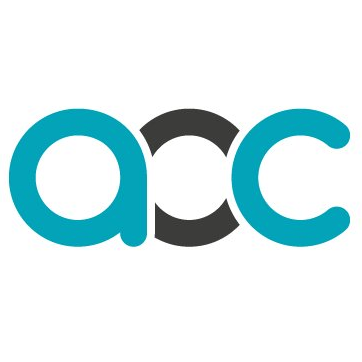Is strategic curriculum planning important? Definitely. Why then do we spend so little time discussing it, sharing best practice and most of all developing our middle and senior managers to understand it’s nuances? There are few strategically operational aspects of a college that wield such influence over the intersection of student interests, place-based needs, quality, inspection, financial resilience, organisational culture and workforce well-being. For me, the design of the curriculum offer and the model of delivery says more about the leadership, culture and values of Wigan and Leigh College than almost anything else. Yet throughout the many leadership courses I have undertaken, the strategic art of designing a curriculum has hardly ever been mentioned.
Curriculum planning means many different things within the sector. For some, it is simply number crunching student numbers, groups, rooms and formulating timetables. For me, it involves having a strategic vision around the curriculum offer, knowing what you want it to deliver and understanding the intended and sometimes unintended consequences of its design and shape. Of equal importance is how you operationalise your plan. Should it be centrally controlled risking a reduction in creativity or should it be dispersed to curriculum departments where creativity may thrive but wider aspects such as funding yield, quality assurance, utilisation and occupancy rates may not be considered?
A vision combined with a set of values can provide guidance around the choices, risks and pay-offs we make every day. Do you meet student needs by offering single full qualifications or an increased breadth of smaller qualifications that may provide wider skills? Do you offer apprenticeships to meet local needs or are the risks to quality and concerns around Ofsted unappetising? Do you limit the breadth of standards to those that provide a contribution and favour financial security at the expense of what may be needed by employers? Do you withdraw or opt out of courses or sectors due to resources or finances, potentially at the expense of meeting local needs and would you be prepared to work collaboratively with another provider to mitigate any negative impact? Your vision and values will not provide an automatic answer. But they will guide you in making decisions that work as part of a cohesive whole, making sure the plan hangs together and provides balance to the competing interests it serves.

